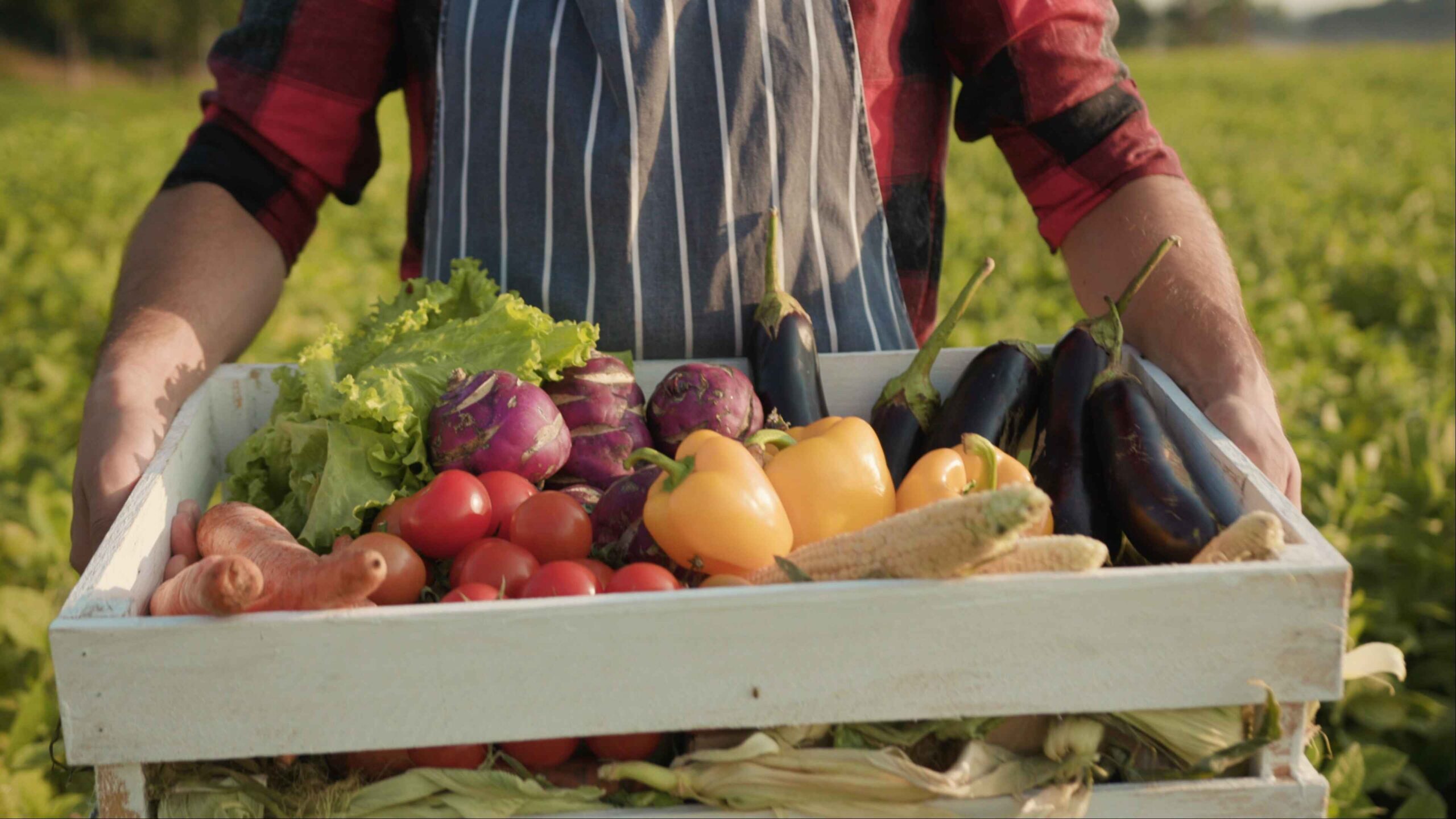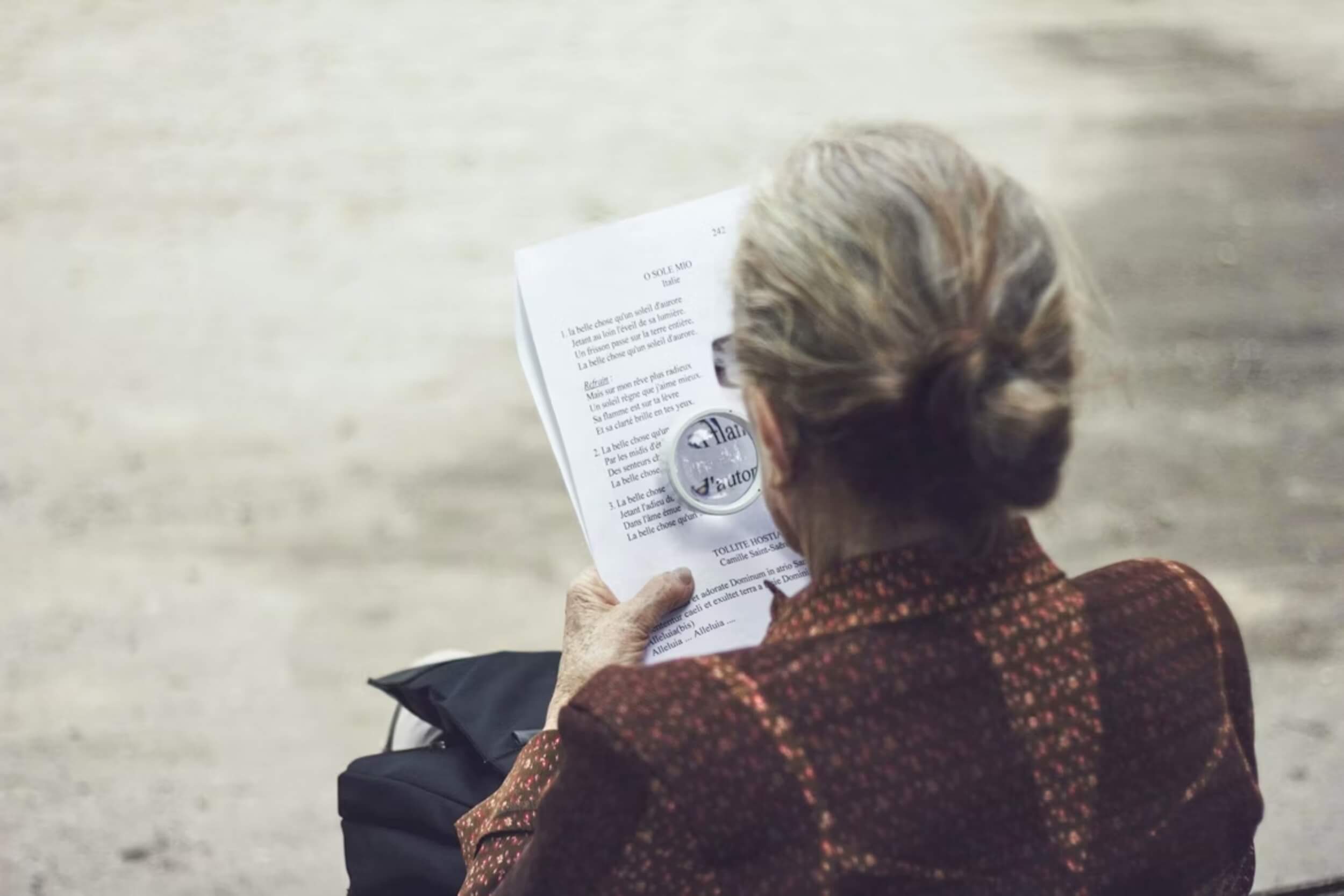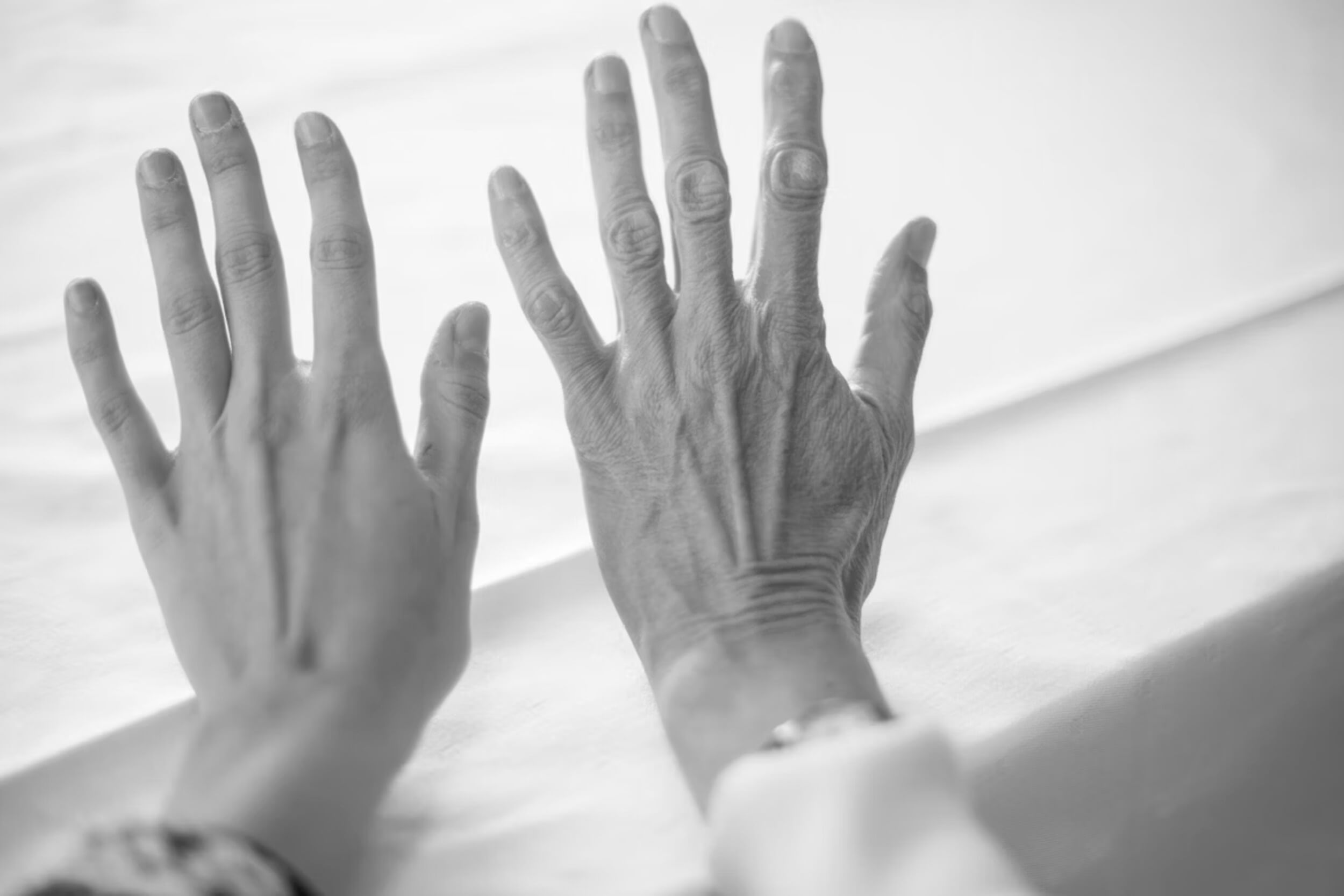When reheating food in the microwave, did you know that some foods can become unsafe or unhealthy? While microwaves are a convenient way to warm up leftovers, they don’t always heat food evenly. This can lead to nutrient loss, bacteria growth, or even harmful chemical changes, depending on the type of food.
Certain everyday items like rice, chicken, or leafy greens might seem fine, but they’re among the foods you should avoid reheating in the microwave. It’s not just about taste—it’s about keeping your meals safe and healthy.
To protect your health and make the most of your leftovers, knowing which foods are better reheated another way is key. Here are 13 common foods to watch out for so you can avoid unnecessary risks and enjoy your meals without worry.
Why Certain Foods React Poorly to Microwaving
Microwaves heat food by creating vibrations in water molecules, which produce heat. This process is fast but often uneven, leaving some parts of the food too hot while others remain cool. This uneven heating can be more than just annoying—it can lead to unsafe food. Certain bacteria, like salmonella or Bacillus cereus, can survive in those cool spots, putting your health at risk.
Another issue is how microwaving affects the nutritional value of food. For some ingredients, like broccoli or spinach, the high heat and quick cooking process can strip away essential nutrients, leaving the food far less healthy than it started.
Microwaving can also cause unexpected chemical changes in certain foods. For example, reheating processed meats may lead to the formation of harmful compounds that weren’t there before. Similarly, some foods—like eggs or potatoes—can build up steam or toxins when reheated, turning them unsafe to eat.
If you want to keep your food safe and nutritious, it’s often best to avoid reheating in the microwave altogether for certain dishes. Instead, consider reheating on the stove or in the oven for more consistent heat and better results. Small changes like this can make a big difference in both taste and safety.
Foods You Should Never Reheat in the Microwave
Microwaves are a convenient tool for reheating meals, but not everything belongs in there. While it might be tempting to warm up leftovers quickly, certain foods react poorly to microwave heat. This can lead to uneven cooking, loss of nutrients, or even foodborne illnesses.
If you want to avoid these risks, it’s best to know which foods to handle with extra care. From rice to leafy greens, there are several common items that you should avoid reheating in the microwave. Let’s look at 13 foods that are better off warmed up using safer methods.
1. Rice
Rice might seem harmless, but reheating it improperly can cause serious problems. Leftover rice often contains Bacillus cereus bacteria, which can survive the initial cooking process. When rice is left at room temperature for too long, these bacteria multiply rapidly.
If microwaved without thorough heating, the bacteria can cause food poisoning. To avoid this, refrigerate rice within an hour of cooking and reheat it thoroughly on the stovetop, ensuring it’s piping hot all the way through. This simple step can help prevent unnecessary health risks.
2. Chicken
Chicken is another food to be cautious with when reheating. Its dense texture makes it hard for microwaves to heat evenly, leaving cold spots where harmful bacteria like salmonella can survive. This increases the risk of foodborne illness.
The best way to reheat chicken is on the stovetop or in the oven. These methods ensure that the heat is distributed evenly, killing any bacteria present. If you must microwave it, cut the chicken into smaller pieces and stir frequently to avoid cold spots.
3. Eggs (Whole and Hard-Boiled)
Whole eggs, especially hard-boiled ones, don’t mix well with microwaves. The heat creates steam inside the egg, leading to a messy explosion when the pressure builds up. Even without the shell, eggs can release dangerously hot steam when cut open.
To safely reheat hard-boiled eggs, peel them and warm them in a bowl of hot water. Alternatively, eat them cold from the fridge—they’re just as tasty and much safer this way.
4. Mushrooms
Mushrooms are delicate and spoil quickly if not stored properly. When reheated in the microwave, they can develop harmful bacteria that cause stomach discomfort. The texture and flavor also suffer from the quick, uneven heat.
To make the most of leftover mushrooms, refrigerate them immediately after cooking. You can eat them cold in a salad or gently reheat them on the stove. This keeps their texture intact and avoids any risk of illness.
5. Potatoes
Potatoes are surprisingly risky when it comes to reheating. Improper storage can lead to the growth of Clostridium botulinum bacteria, which thrive in cooked potatoes left in aluminum foil or at room temperature.
To safely reheat potatoes, store them in the fridge as soon as they cool down. Use the oven to reheat them evenly and eliminate any bacteria. Avoid using foil during reheating to prevent further bacterial growth.
6. Leafy Greens (Spinach, Kale, Celery)
Leafy greens may seem harmless, but reheating them in the microwave can produce harmful compounds. Many greens, such as spinach, contain nitrates that can convert into nitrosamines under high heat. These substances are potentially carcinogenic and reduce the nutritional value of your meal.
To reheat greens, try sautéing them lightly on the stove. This method keeps the nutrients intact and avoids harmful chemical changes. Better yet, enjoy them cold in a salad for a healthier option.
7. Hot Peppers
Microwaving hot peppers isn’t dangerous for the food itself, but it’s a big risk for your eyes and throat. Capsaicin, the compound responsible for their heat, vaporizes in the microwave, creating fumes that can irritate or even burn your skin and airways.
Instead of microwaving, reheat peppers on low heat in a pan. This method releases less vapor and keeps the flavor intact. Or, use them fresh in your meals to avoid reheating altogether.

8. Broccoli
Broccoli loses much of its nutritional value when exposed to the microwave’s high heat. Studies show that up to 97% of its antioxidants can be destroyed during microwaving, leaving behind a less healthy dish.
For better results, steam or lightly sauté broccoli to warm it up. These methods preserve its nutrients and maintain its vibrant flavor and texture.
9. Frozen Fruit
Using the microwave to thaw frozen fruit might seem like a time-saver, but it can lead to problems. Rapid heating can cause chemical changes that reduce the fruit’s health benefits. In some cases, carcinogenic compounds may form during the process.
To thaw fruit safely, transfer it to the fridge overnight or leave it at room temperature for a few hours. This slower method protects the fruit’s natural goodness and flavor.
10. Processed Meat
Processed meats are packed with preservatives that can break down when exposed to microwave heat. This breakdown can produce harmful compounds, including oxidized cholesterol, which is linked to heart disease.
If you need to reheat processed meats, use a skillet or oven instead. These methods provide better flavor and help avoid potential health risks.
11. Red Sauces
Red sauces, like pasta or tomato sauce, tend to splatter in the microwave due to steam trapped under thick chunks of tomato. This can make a mess and waste your time cleaning up afterward.
Reheat red sauces on the stovetop over low heat. Stir frequently to ensure even heating without the splatter. This method keeps the sauce smooth and flavorful.
12. Bread
Bread doesn’t fare well in the microwave. The heat causes the starch and gluten to react, making the bread hard and chewy once it cools down.
To warm up bread, wrap it in foil and place it in the oven. This keeps the texture soft and enjoyable. It might take a little longer, but the results are worth it.
13. Food Reheated Multiple Times
Reheating food more than once increases the risk of bacterial growth. Each time food is cooled and reheated, bacteria have a chance to multiply, making it unsafe to eat.
Avoid this by portioning leftovers into smaller servings before storing them. That way, you only reheat what you plan to eat, keeping the rest safe for later.
Alternative Reheating Methods That Are Safer
When it comes to reheating food, the microwave isn’t your only option—and for certain dishes, it’s far from the best one. Using other appliances can not only make your food taste better but also keep it safer and more nutritious.
The stovetop is a great choice for reheating most foods. For example, soups and stews heat evenly in a pot with a little stirring. Leftover meats, like chicken or steak, can be reheated in a skillet with a touch of oil to maintain their texture and flavor. Vegetables, especially delicate ones like broccoli or leafy greens, do well when steamed lightly on the stove, which helps retain their nutrients.
The oven is another solid option, particularly for dishes like casseroles, pizza, or baked goods. Wrapping food in foil and reheating it at a low temperature prevents it from drying out while ensuring even warmth. Breads, in particular, come out soft and fresh this way, avoiding the tough texture that microwaving often creates.
For a modern alternative, air fryers are perfect for reheating fried or crispy foods. They restore the crunch without adding extra oil, making them an excellent choice for items like French fries, chicken tenders, or spring rolls.
One of the most practical tips for reheating is to portion your leftovers into smaller servings before storing them. This way, you only heat what you need, reducing the risk of repeatedly reheating the same food. Not only does this keep your meals safer, but it also saves time and effort.
Final Thoughts on Avoiding Microwave Risks
Reheating food should be about more than just speed—it’s also about protecting your health and enjoying a better meal. While microwaves are incredibly convenient, they’re not always the best choice. Uneven heating, loss of nutrients, and the risk of bacterial growth are all valid reasons to avoid reheating in the microwave, especially for certain foods.
Taking a little extra time to use safer methods, like the stovetop or oven, can completely transform your leftovers. Not only do these techniques help maintain the original flavor and texture of your food, but they also reduce the chances of foodborne illness. For crispy or fried foods, the air fryer is a game-changer, giving you a freshly made taste without the sogginess.
It’s also important to think ahead. Properly storing leftovers and reheating only what you need can eliminate many of the risks associated with microwaving. By portioning food beforehand, you save yourself from the hassle of repeatedly heating and cooling the same dish—a habit that can lead to bacterial growth.
Ultimately, small adjustments to your routine can make a big difference. Choosing methods that prioritize even heating and nutrient preservation doesn’t just protect your health—it makes your meals more enjoyable. So, the next time you’re about to reheat something, ask yourself if the microwave is really the best choice. Exploring alternatives can lead to tastier, healthier, and safer food every time.














